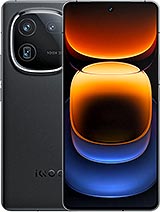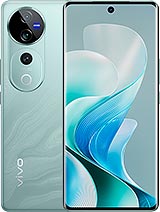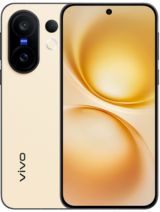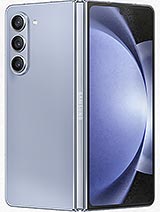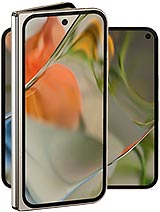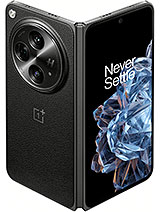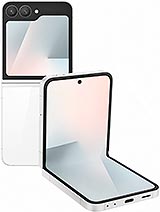Oppo Reno14 Pro alternatives
Tap above to see alternatives.
Samsung Galaxy Z Fold6 alternatives
Tap above to see alternatives.
Oppo Reno14 Pro
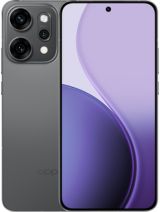
Oppo Reno14 Pro
-
Dimensity 8450
4 nm
-
6200 mAh
80W
-
6.83"
1272 x 2800 pixels
-
50 MP
4K@30/60fps
-
Specs

Samsung Galaxy Z Fold6

Samsung Galaxy Z Fold6
-
Snapdragon 8 Gen 3
4 nm
-
4400 mAh
25W
-
7.6"
1856x2160 pixels
-
50 MP
8K@30fps
- Specs
1x3.25 GHz Cortex-A725
3x3.00 GHz Cortex-A725
4x2.10 GHz Cortex-A725
1x3.39GHz Cortex-X4
3x3.1GHz Cortex-A720
2x2.9GHz Cortex-A720
2x2.2GHz Cortex-A520
12GB 512GB (UFS 3.1)
12GB 512GB (UFS 4.0)
12GB 1024GB (UFS 4.0)
OmniVision OV50E, f/1.8, 24mm (wide), 1/1.55", PDAF, OIS
50 MP
Samsung JN5, f/2.8, 80mm (periscope telephoto), PDAF, OIS, 3.5x optical zoom
50 MP
OmniVision OV50D, f/2.0, 16mm, 116˚ (ultrawide), AF
f/1.8, 23mm (wide), 1.0µm, dual pixel PDAF, OIS
10 MP
f/2.4, 66mm (telephoto), 1.0µm, PDAF, OIS, 3x optical zoom
12 MP
f/2.2, 123˚, 12mm (ultrawide), 1.12µm
1080p@30/60/120/240fps
4K@60fps
1080p@60/120/240fps
720p@960fps
Samsung JN5, f/2.0, 21mm (wide), AF
f/1.8, 26mm (wide), 2.0µm, under display
1080p@30/60fps, gyro-EIS, HDR
1080p@30/60fps
f/2.2, 24mm (wide), 1/3", 1.22µm
SIM1: Nano, SIM2: Nano
SIM1: Nano, SIM2: eSIM
11 5G bands
n1, n3, n5, n8, n28, n41, n48, n66, n77, n78, n79
17 5G bands
n1, n2, n3, n5, n7, n8, n12, n20, n25, n26, n28, n38, n40, n41, n66, n77, n78
In this performance comparison, the Samsung Galaxy Z Fold6 with its Qualcomm Snapdragon 8 Gen 3 (4nm) performs better than the Oppo Reno14 Pro with the Mediatek Dimensity 8450 (4nm), thanks to superior chipset efficiency.
Samsung Galaxy Z Fold6 launched with Android 14 and will receive updates until Android 21, whereas Oppo Reno14 Pro launched with Android 15 and will get Android 18. Samsung Galaxy Z Fold6 will get security updates until 2031 (approx. 7 years), while Oppo Reno14 Pro is supported till 2029.
Both Oppo Reno14 Pro and Samsung Galaxy Z Fold6 feature AMOLED displays, offering vibrant colors and deeper blacks. Both smartphones offer the same 120 Hz refresh rate. Samsung Galaxy Z Fold6 also boasts a brighter screen with 2600 nits of peak brightness, enhancing outdoor visibility. Notably, Samsung Galaxy Z Fold6 offers a higher screen resolution, resulting in sharper visuals and more detailed content.
Oppo Reno14 Pro comes with a larger 6200 mAh battery, which may offer longer usage on a single charge. Oppo Reno14 Pro also supports faster wired charging at 80W, compared to 25W on Samsung Galaxy Z Fold6. Oppo Reno14 Pro offers faster wireless charging at 50W, while Samsung Galaxy Z Fold6 supports 15W.
Oppo Reno14 Pro offers better protection against water and dust with an IP69 rating.
¹ Scores can vary even with the same chipset due to RAM, thermals, and software optimization.

